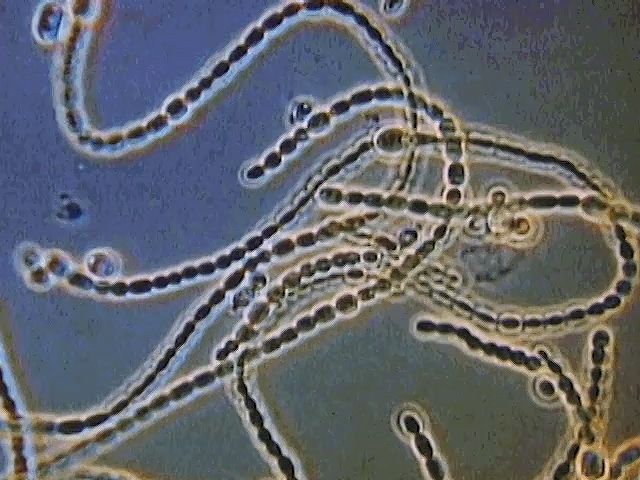Discover how bacteria evolved to survive in Earth's most extreme habitats, such as seafloor volcanic vents

Discover how bacteria evolved to survive in Earth's most extreme habitats, such as seafloor volcanic vents
Bacteria have been found living in many extreme environments on Earth, including in the extremely salt-rich waters of the Dead Sea and in the hot hydrothermal vents of the seafloor.
Encyclopædia Britannica, Inc.
Transcript
[Music in]
NARRATOR: If we could go back to a time when the Earth was young, we would find a world choked in poisonous gases that spewed from a molten interior.
Life could not survive on this scorched land, but in the oceans things were different.
3 1/2 billion years ago something began to appear that would change the planet forever.
Surrounded by the protection of the sea, the first cells came to life.
Today, descendants of this early life still flourish.
We call them bacteria, and they've evolved to live in every habitat on Earth.
With a deep-diving submarine we can see one of the most unusual of these habitats . . . volcanic vents that split the sea floor.
Here, the temperature reaches more than 300 degrees Celsius, and the water pressure is nearly two tons per square inch.
The prize for adapting to this hostile place is a rich supply of high-energy hydrogen sulfide gas that bubbles up from the vent.
The bacterium processes the gas for energy, while bright yellow granules of sulfur waste collect in the cells.
The carbon they use to build cell structures comes from the CO2 in the sea water.
[Music out]
NARRATOR: If we could go back to a time when the Earth was young, we would find a world choked in poisonous gases that spewed from a molten interior.
Life could not survive on this scorched land, but in the oceans things were different.
3 1/2 billion years ago something began to appear that would change the planet forever.
Surrounded by the protection of the sea, the first cells came to life.
Today, descendants of this early life still flourish.
We call them bacteria, and they've evolved to live in every habitat on Earth.
With a deep-diving submarine we can see one of the most unusual of these habitats . . . volcanic vents that split the sea floor.
Here, the temperature reaches more than 300 degrees Celsius, and the water pressure is nearly two tons per square inch.
The prize for adapting to this hostile place is a rich supply of high-energy hydrogen sulfide gas that bubbles up from the vent.
The bacterium processes the gas for energy, while bright yellow granules of sulfur waste collect in the cells.
The carbon they use to build cell structures comes from the CO2 in the sea water.
[Music out]









